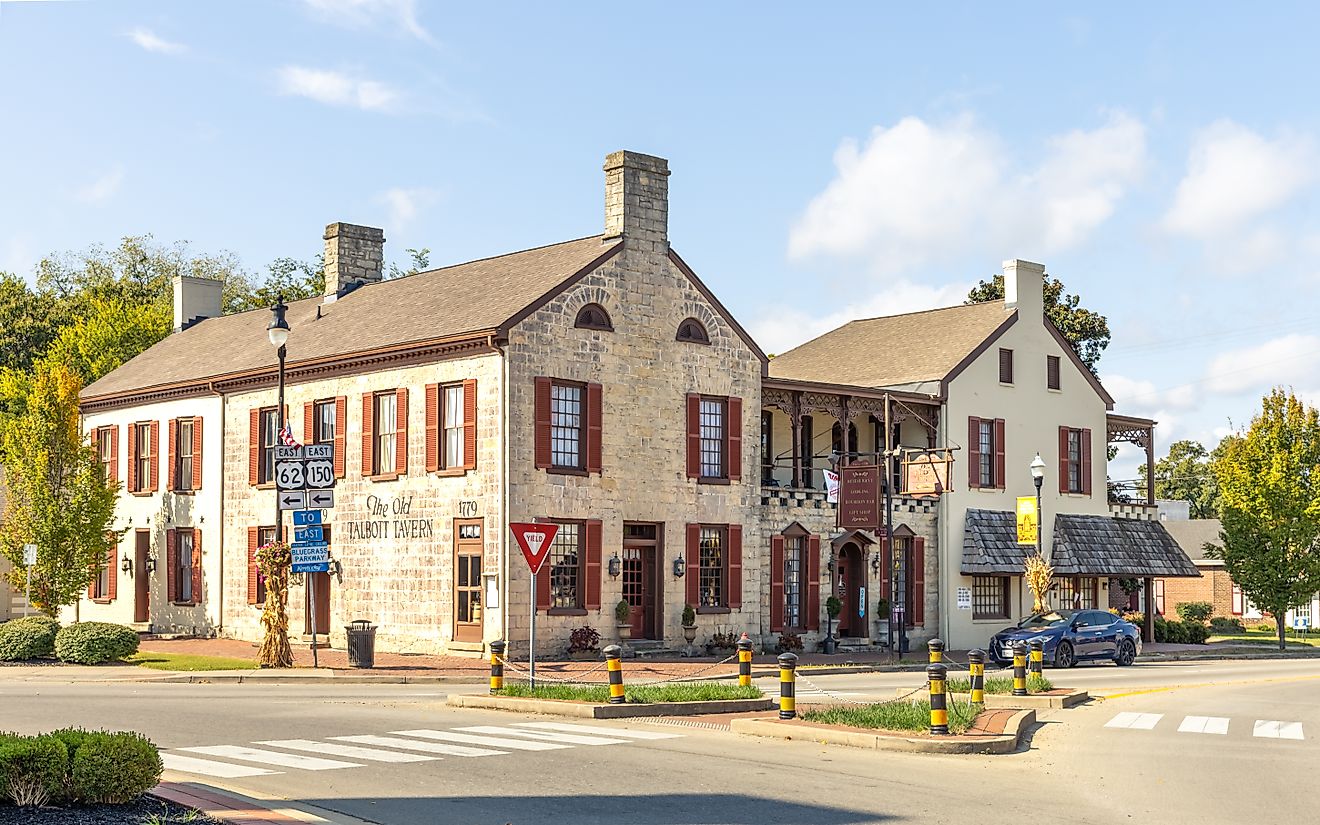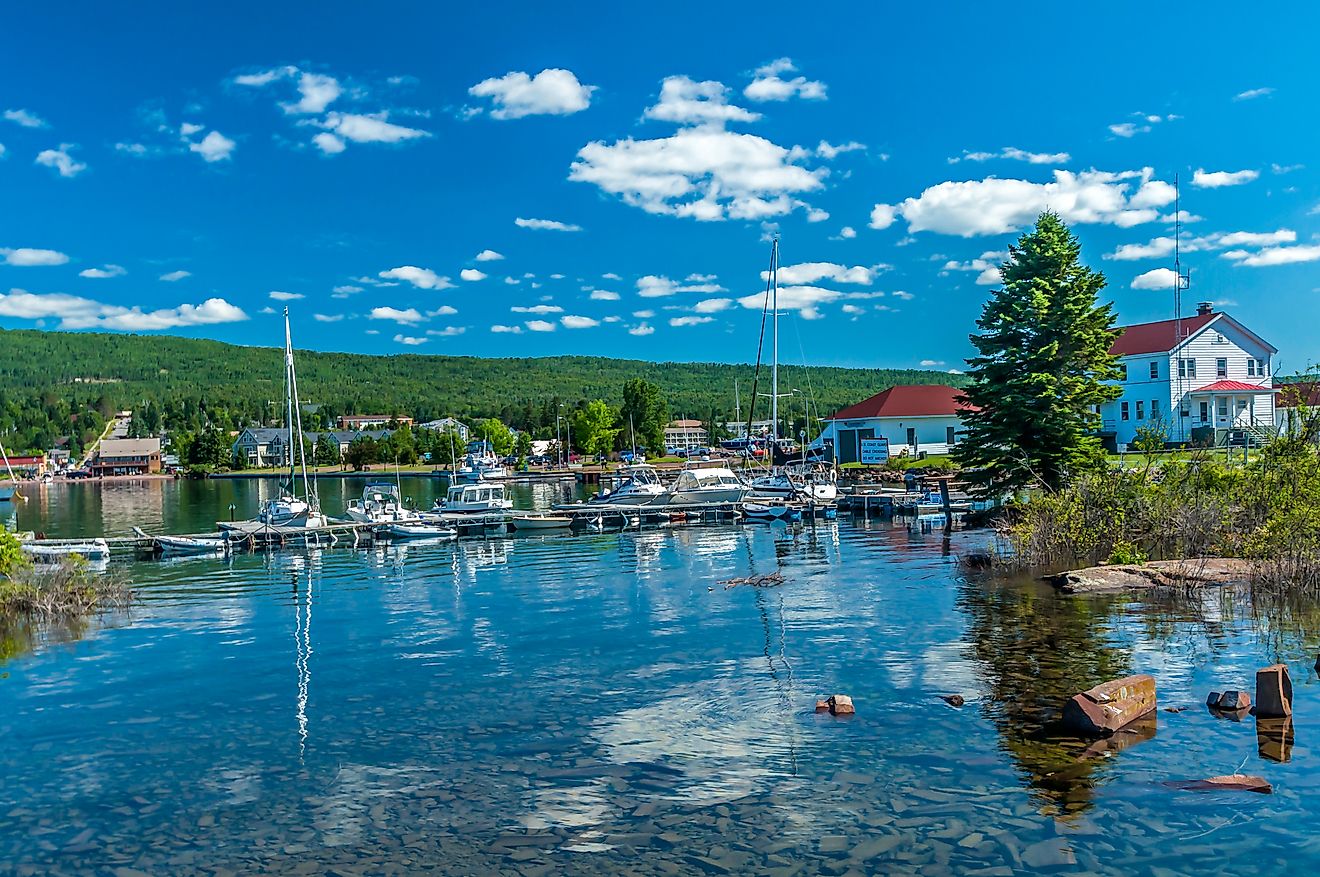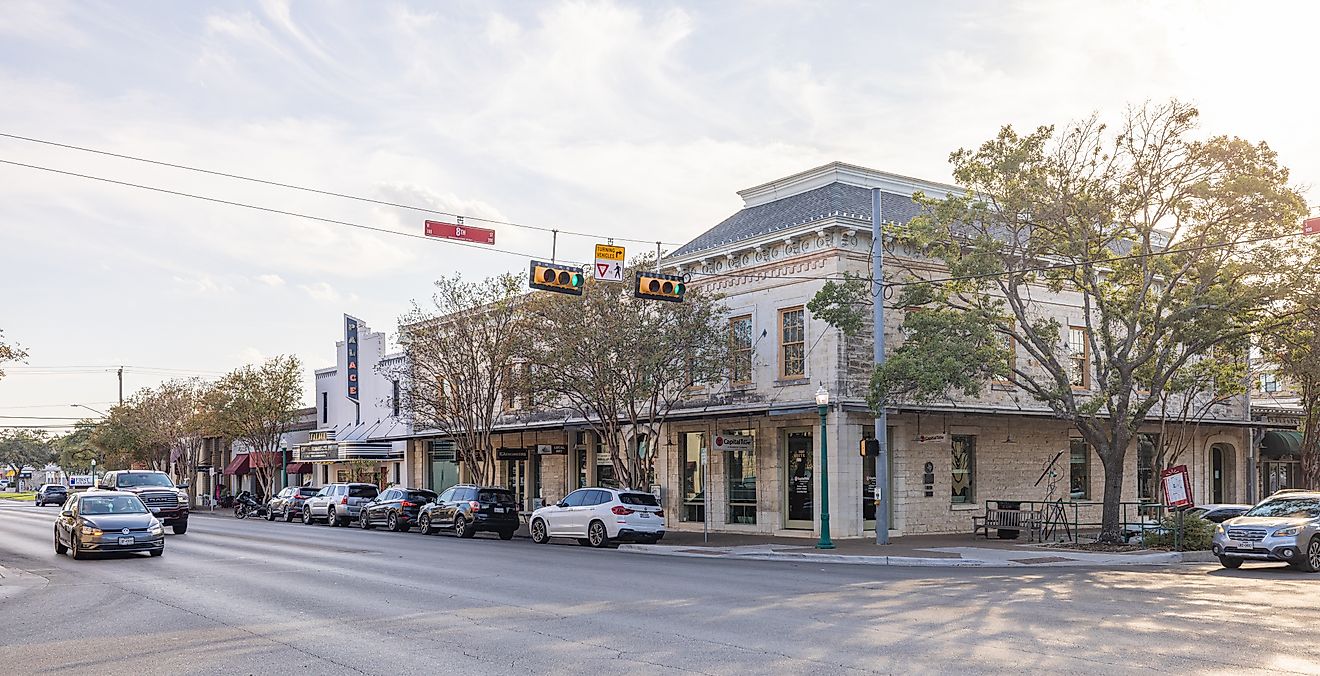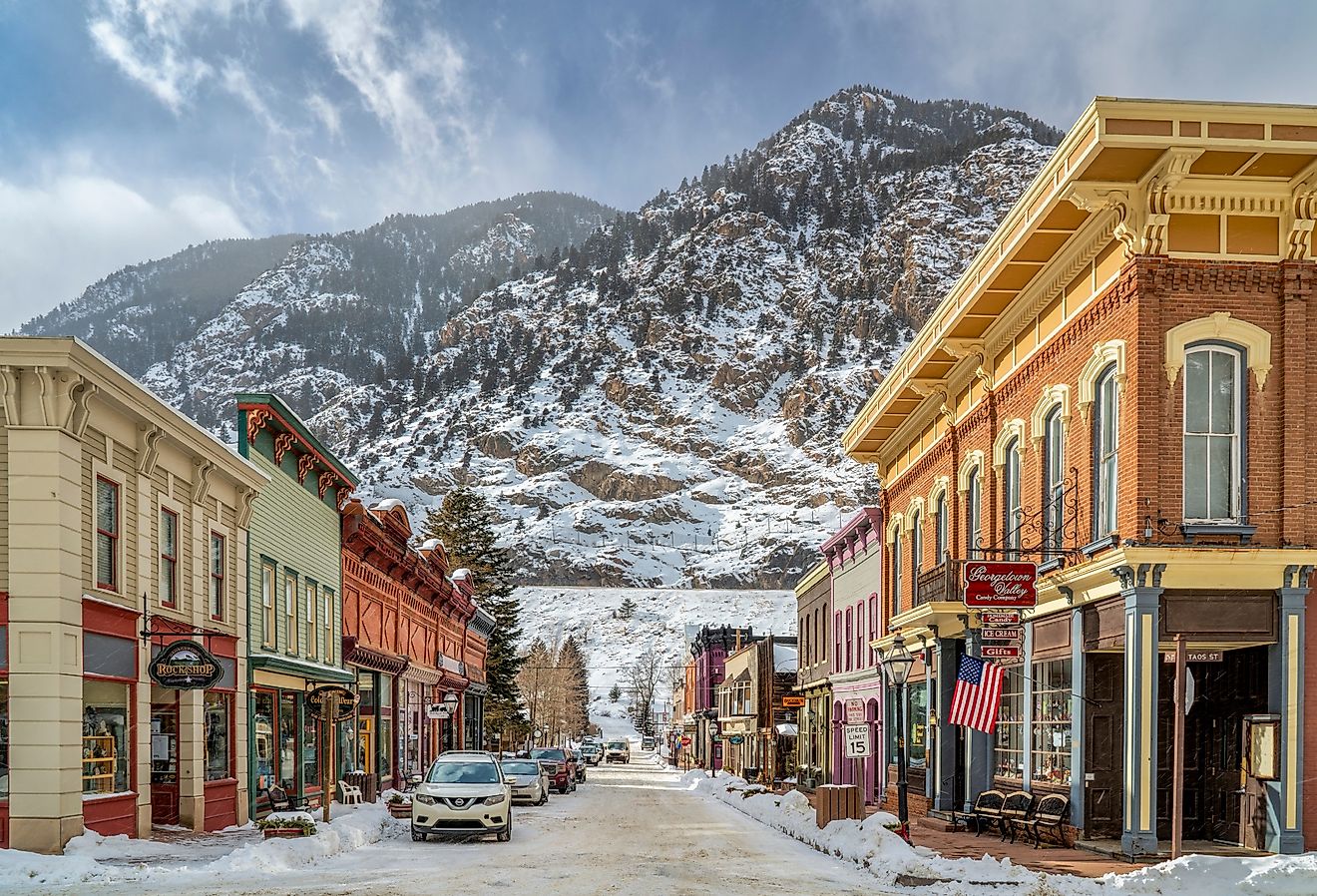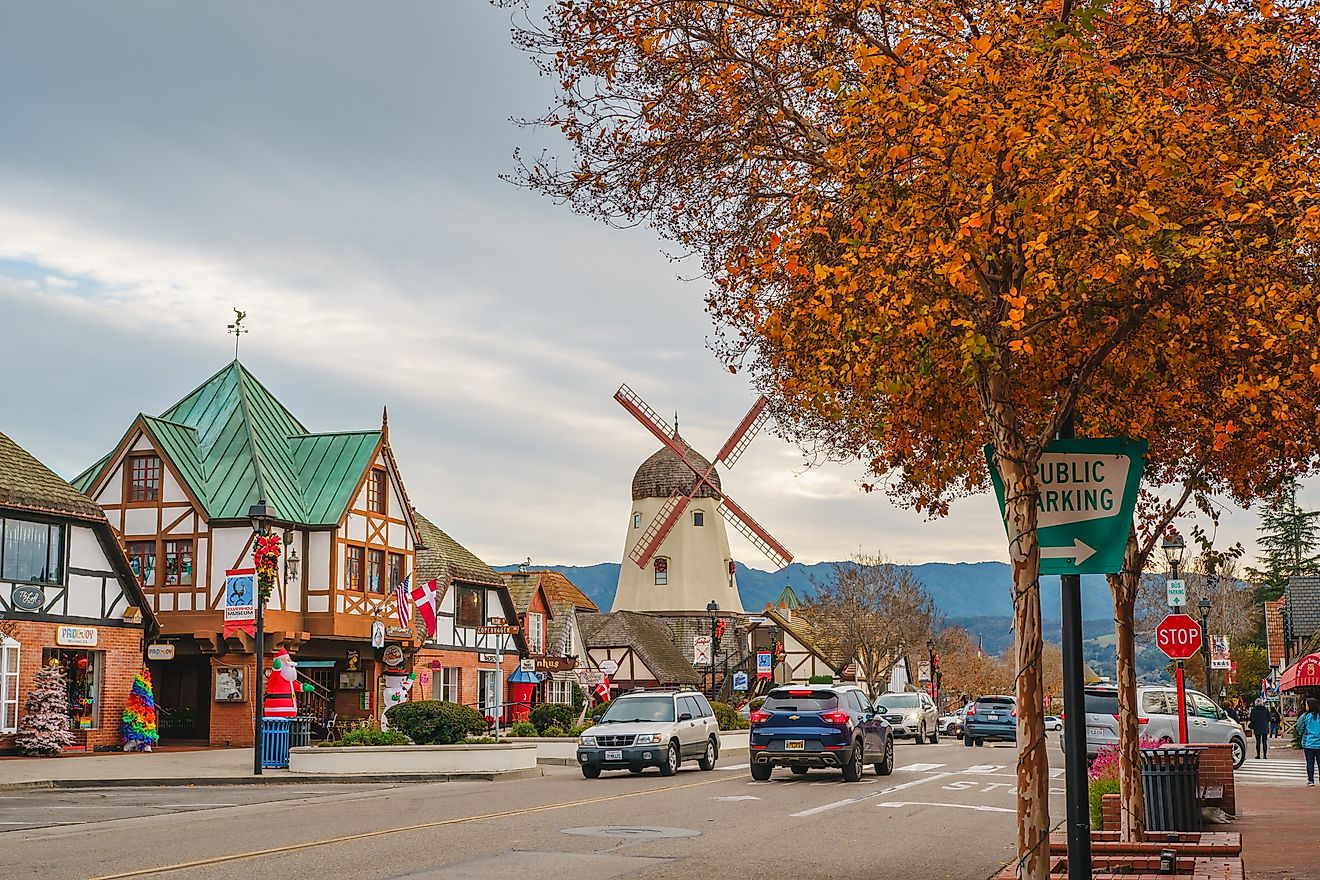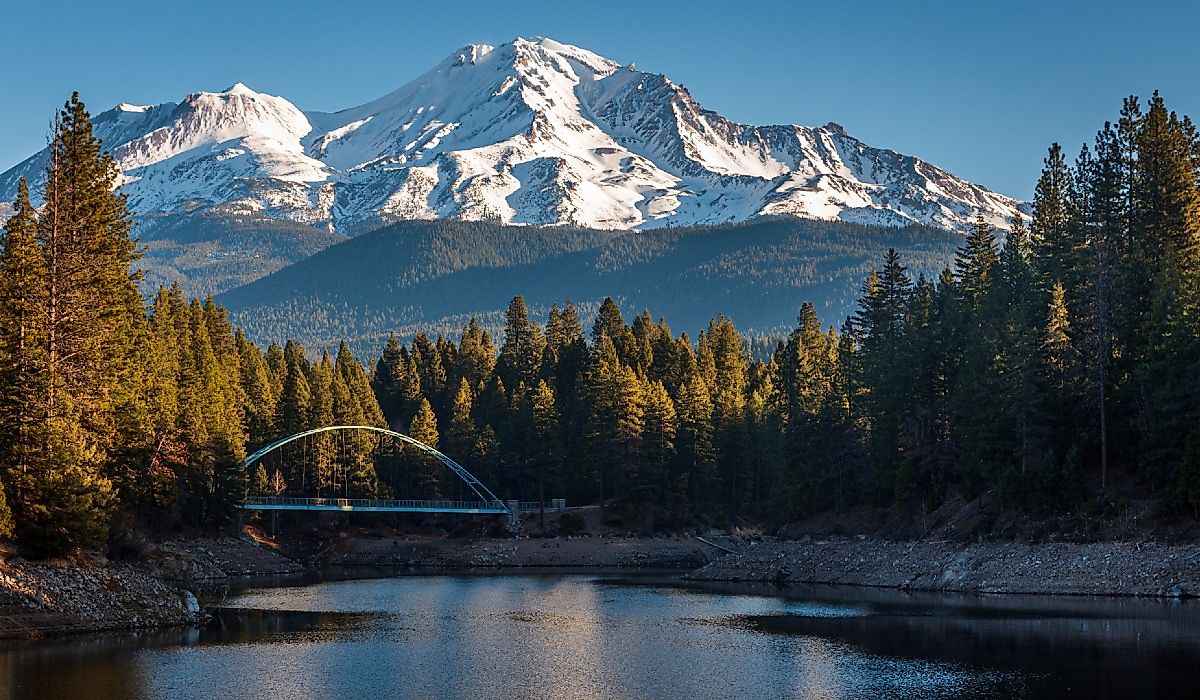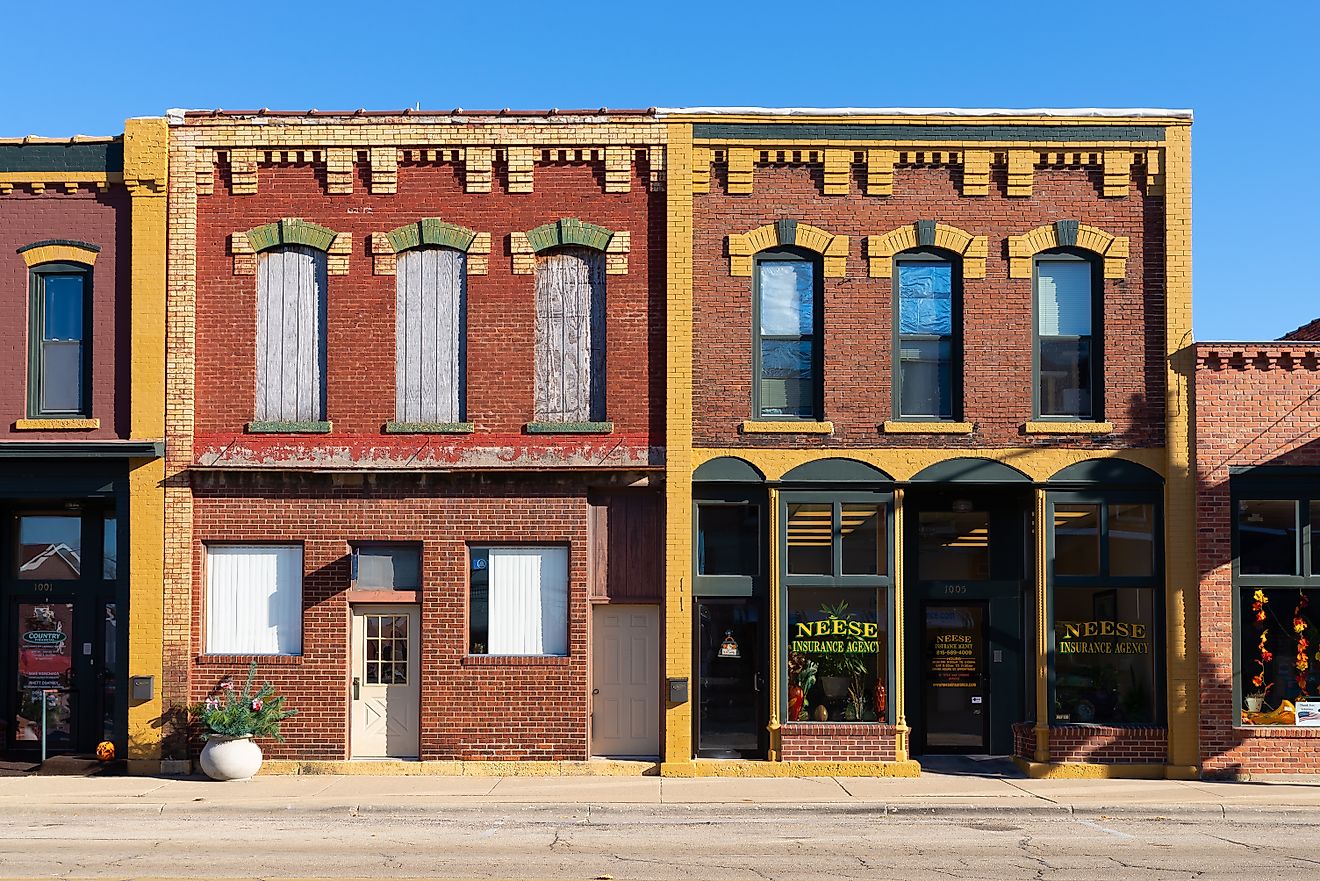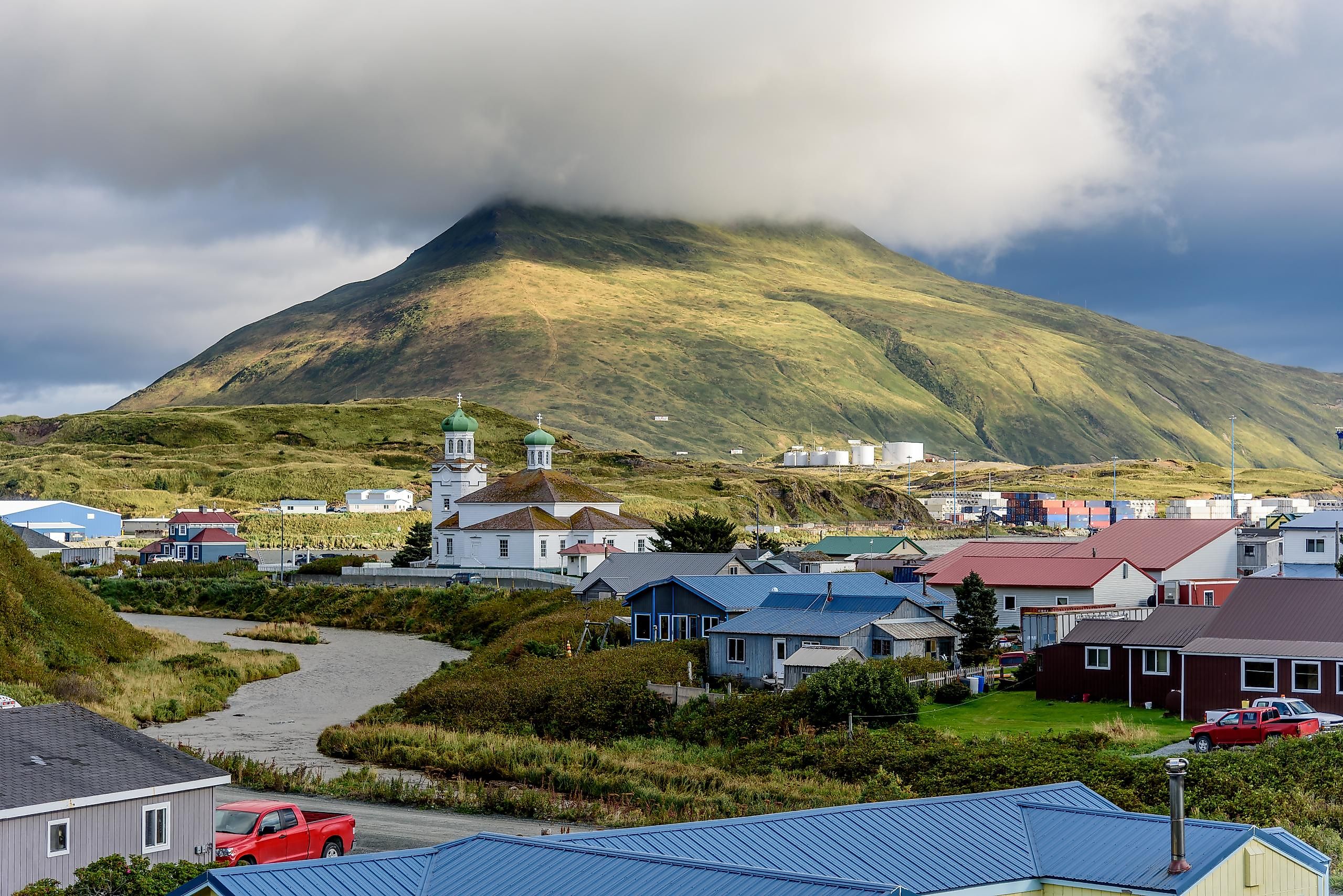
Unalaska, Alaska
Unalaska is a town in the Aleutian Islands, a long chain of islands located in the U.S. state of Alaska, which stretches to the Russian-American maritime border in the Bering Sea. Although Unalaska has only existed since the 18th century, the area where it is situated has been inhabited for thousands of years. The Russians were the first Europeans to make contact with the area's indigenous people, and evidence of their presence still exists in the town today. During World War II, Unalaska and its inhabitants were severely affected by the hostilities between the U.S. and Japan. Today, a museum and war memorial tell the town's history and its WWII heritage.
Geography Of Unalaska
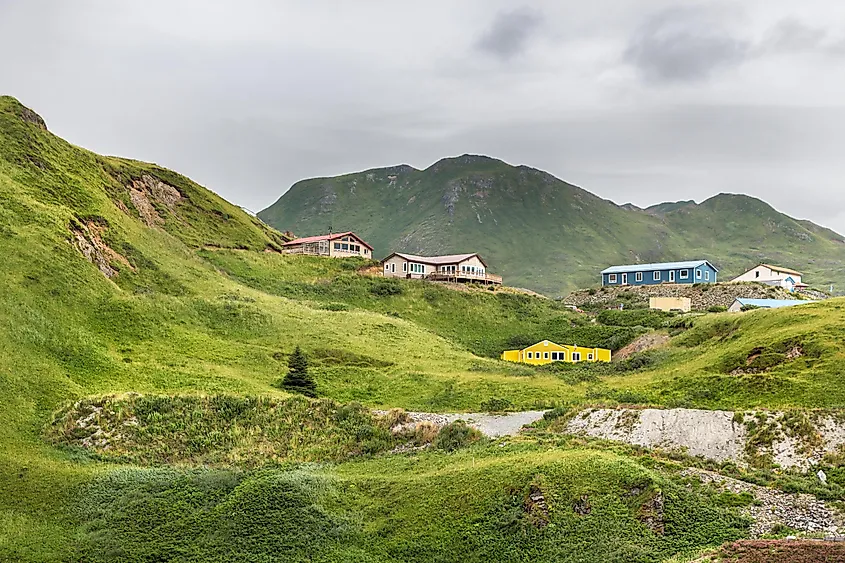
Unalaska is located on the island of the same name. It is situated on the northeastern coast of the island, adjacent to several bays that form part of the greater Unalaska Bay. The island of Unalaska is one of several islands that are part of an island chain called the Fox Islands. The Fox Islands are part of the larger chain of islands known as the Aleutians, located off the southwest of mainland Alaska. To the west of the town of Unalaska is the Makushin Volcano. It is possible to see steam flowing from this volcano from the town on rare occasions. The city limits of the town of Unalaska include three islands situated in Unalaska Bay. The largest of these islands is called Amaknak Island, on which the important harbor known as Dutch Harbor is situated. Mt. Ballyhoo and the Aleutian World War II National Historic Area are also located on Amalnak Island. The total area of the town of Unalaska Bay is 262.4 sq. km, nearly half of which is water.
Population Of Unalaska
The total population of the town of Unalaska is 4,432. Nearly half of the town's population is Asian, while almost a third is white. The town also includes a small percentage of Unangans, also called Aleuts, the people indigenous to the Aleutian Islands. More than a third of people in Unalaska speak only English, while 47.2% speak Asian languages. Spanish is spoken by 12.9% of the population. Just over half of the people in Unalaska were born in the United States, though only 9.14% were born in the town itself. The foreign-born population of Unalaska stands at 48.48% of the total. Non-citizens, which comprise 29.51% of Unalaska residents, hail mostly from Asia.
Economy Of Unalaska
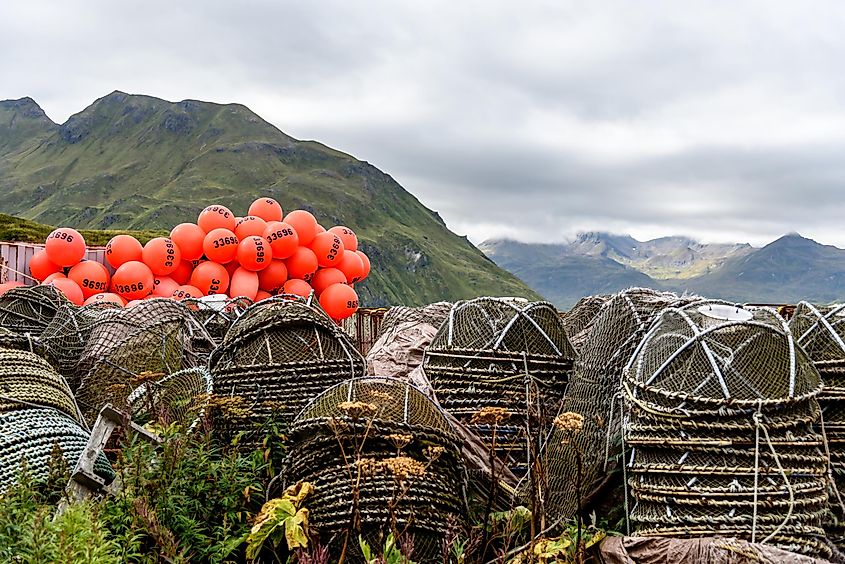
The average household income in Unalaska is $109,704, and the poverty rate is 5.73%. The town's economy is based mainly on fishing, fish processing, and fleet services, such as fuel, repairs & maintenance, and trade & transportation. Dutch Harbor has been the largest fisheries port in the United States since 1981. The town is often used as a point for the transshipment of cargo between trading partners in the Pacific Rim. Unalaska also has a growing tourism industry.
History Of Unalaska
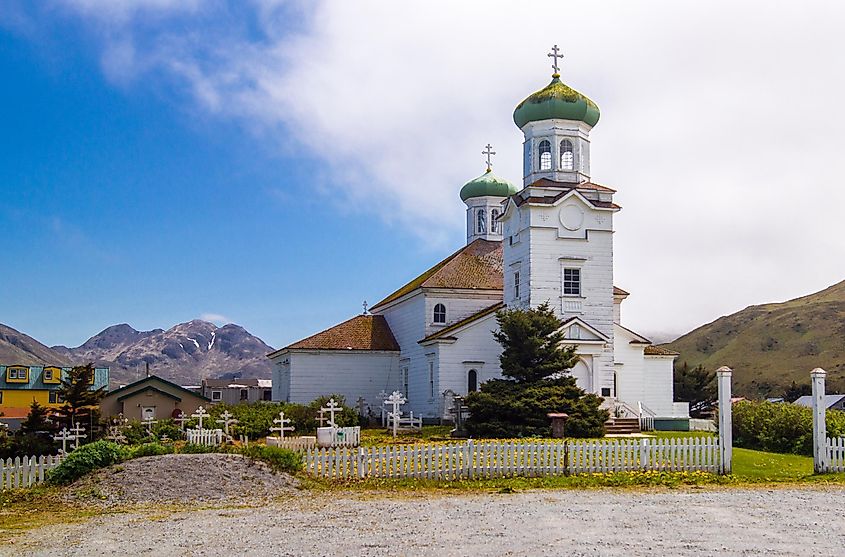
The first inhabitants of the island of Unalaska were the Unangans, who have lived there for thousands of years. They called the island "Ounalashka", meaning "near the peninsula". The Unangans developed a sophisticated culture that revolved around marine mammal hunting and fishing. They often traveled in a type of kayak known as an "iqyan". In the mid-18th century, the Russians made first contact with the Unangans, who they called the Aleuts. At the time, these indigenous inhabitants numbered around 3,000, and had 24 settlements on the island.
In 1768, Unalaska became a Russian trading port for the fur seal industry. In 1787, many hunters and their families were enslaved and sent to the Pribilof Islands to work in the fur seal harvest. The early 19th century saw the construction of the Russian Orthodox Church of the Holy Ascension of Christ. Its founder, a priest named Ivan Veniaminov, set about creating a written language for the native Unangans using the Cyrillic alphabet that is used for the Russian language. But by this time, only 200 to 400 Unangans still lived in Unalaska. Like many North American indigenous populations, the Unangans were victims of acts of genocide and diseases brought by newcomers.
In 1867, Alaska became part of the United States. The City of Unalaska was incorporated in 1942, the same year that it was attacked by the Japanese as part of WWII hostilities. After the Japanese attack, the entire Unangan population of the island was interned in Southeast Alaska, where they lived in camps characterized by overcrowding and poor sanitation. Many lives were lost in these camps. When the indigenous people of Unalaska returned to the island in 1945, they found that the U.S. forces had ransacked and vandalized most of their homes. As of 1970, only 200 people lived in the town of Unalaska. Ten years later, however, the town's population boomed to 1,300. In 1990, Unalaska's population grew to 3,089. The town surpassed 4,000 residents by the end of the 20th century.
Attractions In And Around Unalaska
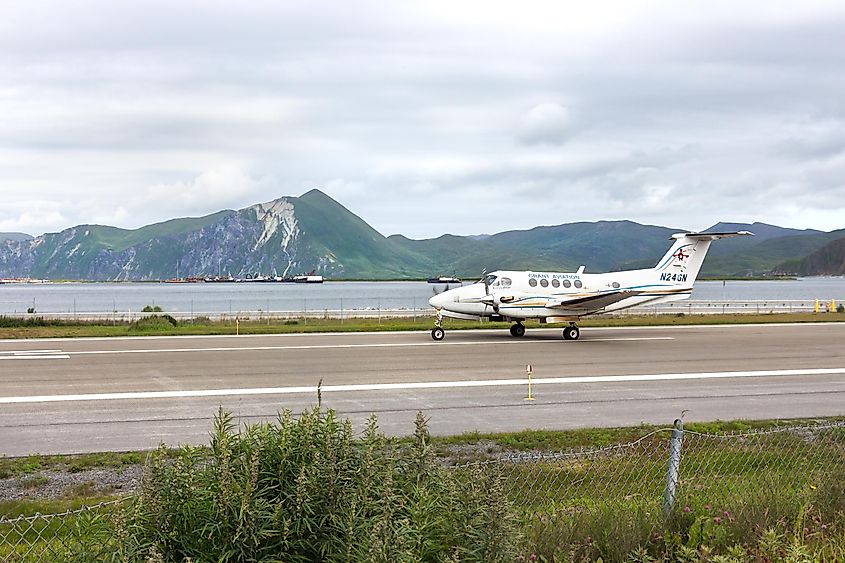
Unalaska features three historical attractions of major significance. One of these is the Museum of the Aleutians. Opened in 1999, the museum strives to collect, preserve, and research the cultural history of the Aleutian Islands. Another site of historical importance is the aforementioned Church of the Holy Ascension. It is the oldest Russian Orthodox church in the United States, first constructed in 1826, rebuilt in 1858, then rebuilt again between 1894 and 1896. The church includes a sanctuary, nave, two side chapels, narthex, and bell tower arranged in a cruciform plan.
The ikonostasis of the Chapel of St. Innocent demonstrates the craftsmanship and artistry of the Unangan people. Unalaska's third major historical attraction is the Aleutian World War II National Historic Area. Its Visitor Center contains photos and artifacts that tell the stories of American servicemen who were stationed there during WWII. Also told is the story of the Unangan people who were forcibly evacuated from the island during the war. The National Historic Area itself consists of 134 acres on Amaknak Island. It houses the ruins of Fort Schwatka, the highest coastal battery ever constructed in the United States. Unalaska is also a great place for anyone looking for an outdoor adventure. Popular outdoor activities in the area include boating, birding, whale watching, fishing, camping, hiking, kayaking, beach combing, skiing, snow shoeing, berry picking, and outdoor photography.

